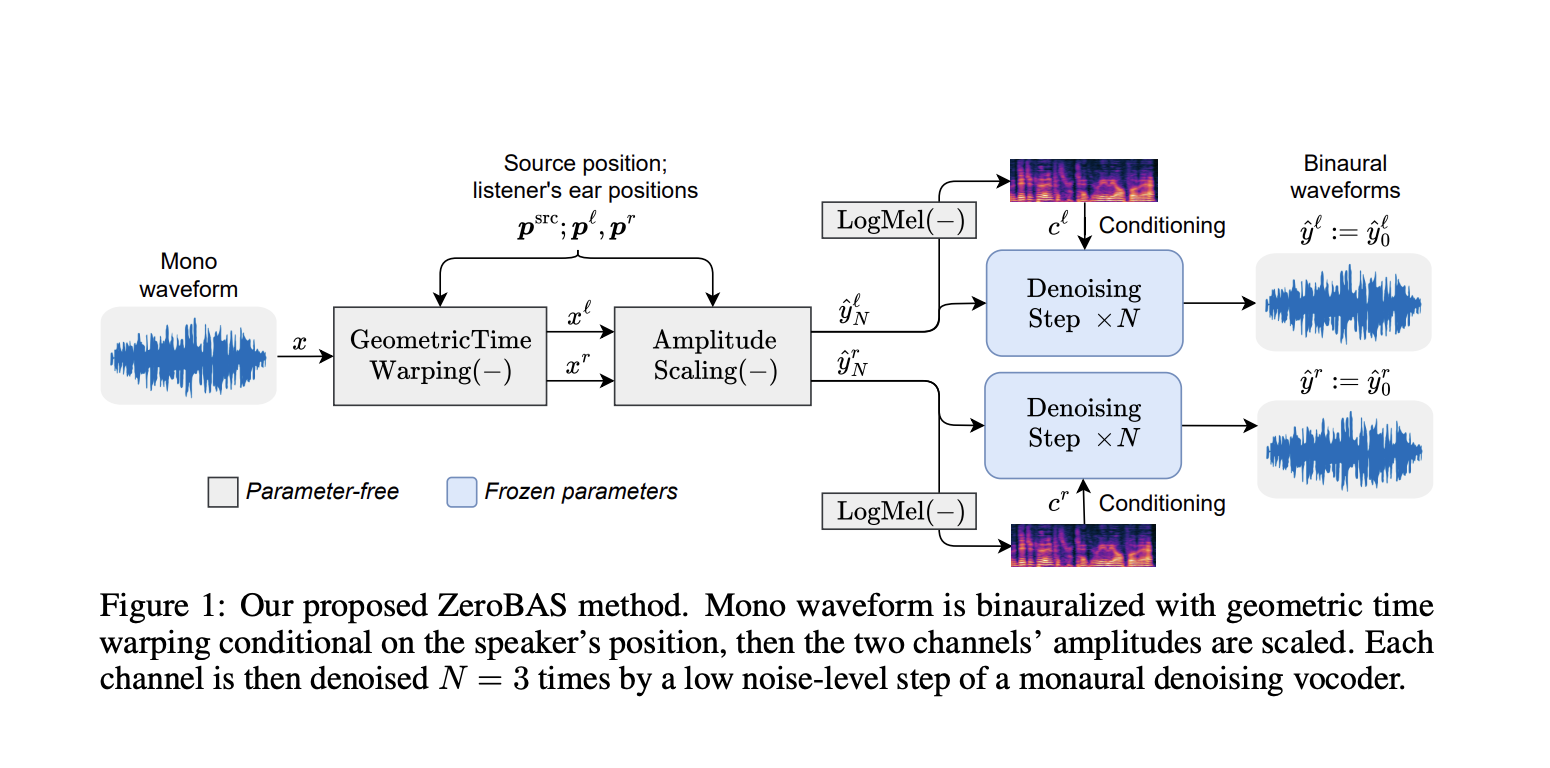
Understanding Spatial Hearing and Its Importance
Humans can pinpoint where sounds come from and understand their surroundings through a skill called spatial hearing. This ability helps us identify speakers in noisy places and navigate complex environments. To improve experiences in augmented reality (AR) and virtual reality (VR), we need to replicate this auditory perception.
Challenges in Audio Synthesis
Moving from single-channel (monaural) to two-channel (binaural) audio synthesis is challenging due to a lack of multi-channel audio data. Traditional methods use digital signal processing (DSP) to create realistic audio but often overlook the complex ways sound travels in the real world.
Limitations of Current Methods
Supervised learning models using neural networks are an alternative but face two key issues: a shortage of position-annotated binaural datasets and a tendency to overfit specific environments. Additionally, collecting the necessary data can be expensive and impractical.
Introducing ZeroBAS
Researchers at Google have developed ZeroBAS, a groundbreaking method for converting monaural audio to binaural without needing binaural training data. This innovative approach uses:
- Geometric Time Warping (GTW): Transforms monaural input into two channels by simulating time differences between ears.
- Amplitude Scaling (AS): Enhances spatial realism by adjusting sound levels based on distance from the listener.
- Denoising Vocoder: Refines the audio to produce high-quality binaural sound.
Performance and Evaluation
ZeroBAS has been tested on various datasets, showing significant improvements over traditional DSP methods and achieving results similar to supervised models. It performs well even in different acoustic conditions, proving its robustness.
Subjective Feedback
Listeners rated ZeroBAS outputs as more natural compared to supervised methods, indicating its effectiveness in creating realistic audio experiences.
Limitations and Future Potential
While ZeroBAS is impressive, it has limitations, such as difficulty processing phase information and reliance on general models. However, its ability to generalize suggests great potential for zero-shot learning in binaural audio synthesis.
Conclusion
ZeroBAS presents an exciting approach to binaural audio synthesis, achieving high-quality results without needing binaural training data. Its strong performance across various environments makes it a valuable tool for applications in AR, VR, and immersive audio systems.
Stay Connected
For more insights, check out the research paper and follow us on Twitter, join our Telegram Channel, and connect with our LinkedIn Group. Don’t forget to join our 65k+ ML SubReddit.
Embrace AI for Your Business
To stay competitive, consider how AI can transform your operations:
- Identify Automation Opportunities: Find customer interaction points that can benefit from AI.
- Define KPIs: Ensure measurable impacts from your AI initiatives.
- Select an AI Solution: Choose tools that fit your needs and allow for customization.
- Implement Gradually: Start with a pilot program, gather data, and expand wisely.
For AI KPI management advice, contact us at hello@itinai.com. For ongoing insights, follow us on Telegram or Twitter.
Explore how AI can enhance your sales processes and customer engagement at itinai.com.




























